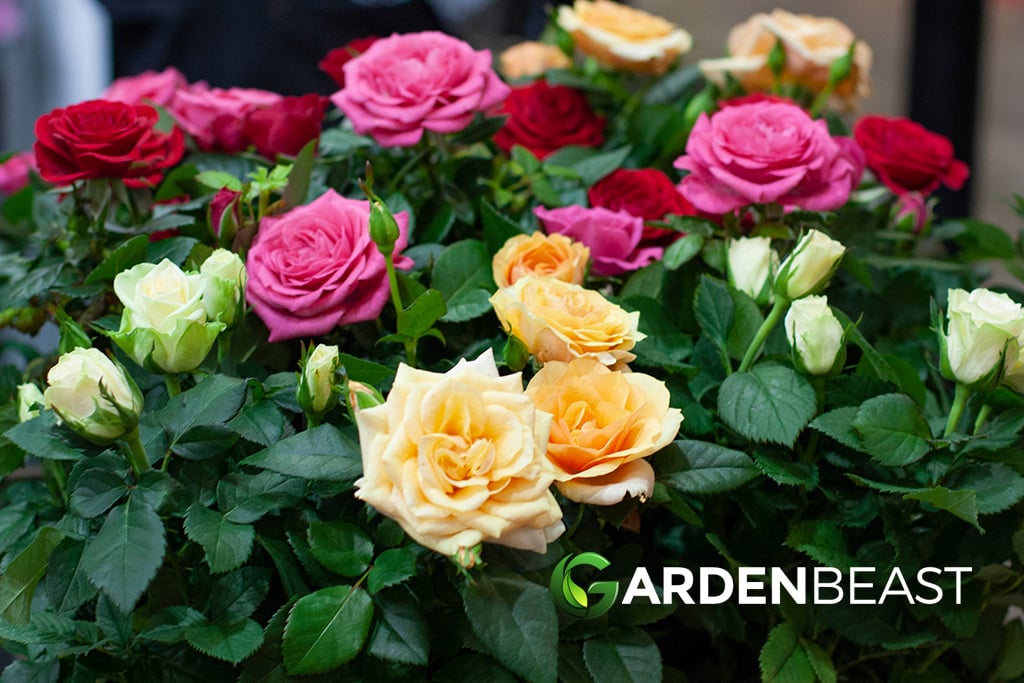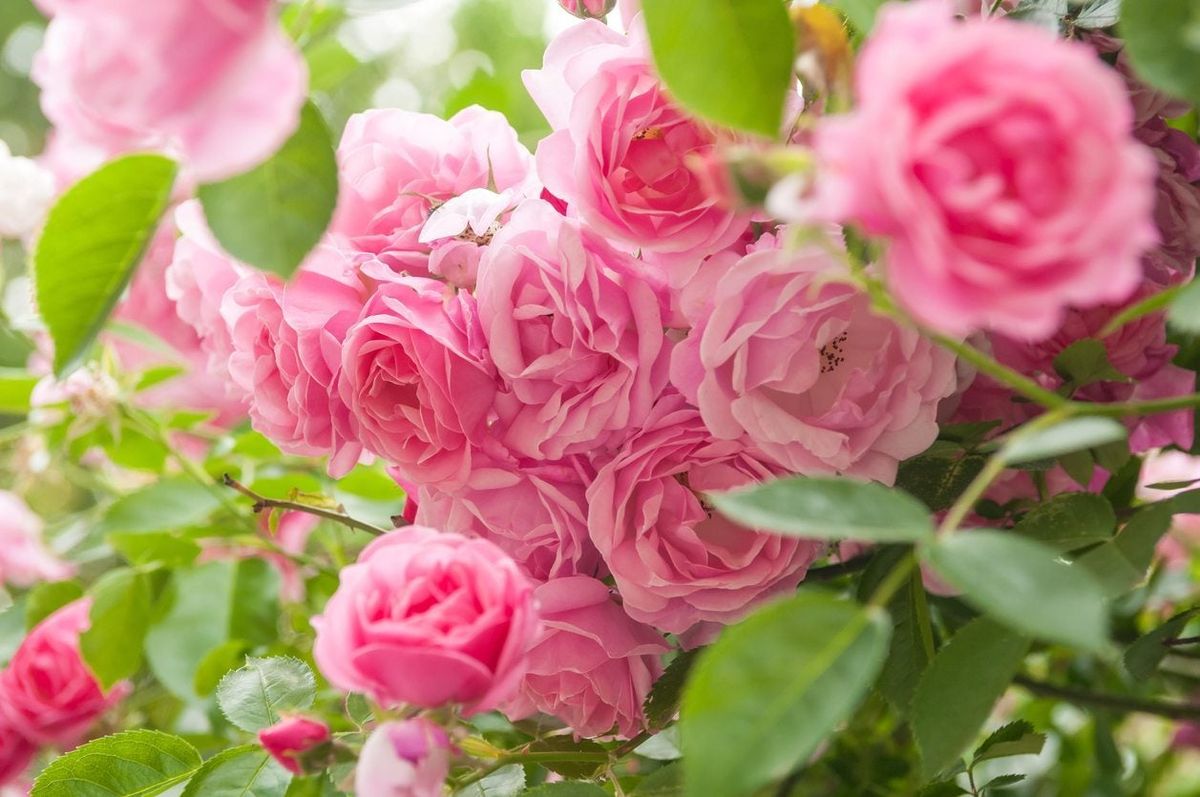Unlocking the Secrets of Successful Rose Gardening
Timing is a critical factor in rose planting, as it can significantly impact the health, growth, and blooming potential of these beautiful flowers. Knowing when is the best time to plant a rose can make all the difference in achieving success in rose gardening. By planting roses at the optimal time, gardeners can promote healthy growth, encourage blooming, and reduce the risk of disease and pests. In contrast, planting at the wrong time can lead to disappointing results, including weak growth, poor blooming, and increased susceptibility to disease. In this article, we’ll explore the key factors to consider when planting roses, including climate, weather conditions, and soil preparation, to help you master the art of rose planting and enjoy a thriving rose garden.
Understanding Your Climate: A Key to Rose Planting Success
Climate plays a significant role in rose planting, as it can greatly impact the growth and development of these beautiful flowers. Different climates present unique challenges and opportunities for rose gardeners, and understanding these factors is crucial for success. For instance, gardeners in cooler climates may need to wait until the last frost has passed before planting roses, while those in warmer climates may need to plant in the fall or winter to avoid the heat. By determining your region’s specific growing conditions, including temperature, humidity, and sunlight patterns, you can choose the best time to plant roses and provide them with the ideal environment for growth. This knowledge will also help you select the right rose varieties for your climate, ensuring that your roses thrive and bloom beautifully. When is the best time to plant a rose? The answer depends on your climate, and understanding these factors will help you make informed decisions and achieve success in rose gardening.
How to Choose the Ideal Planting Season for Your Roses
When it comes to planting roses, timing is everything. The ideal planting season for roses depends on your location, climate, and the type of rose you’re planting. In general, there are four main planting seasons to consider: spring, summer, fall, and winter. Each season has its pros and cons, and understanding these factors will help you determine when is the best time to plant a rose in your area. In the spring, the soil is typically moist and cool, making it an ideal time to plant roses in cooler climates. Summer planting can be challenging, as high temperatures and dry soil can cause stress to newly planted roses. However, in regions with mild summers, this can be a good time to plant roses. Fall planting is often preferred, as the cooler temperatures and increased moisture help roses establish themselves before the winter. Winter planting is best suited for regions with mild winters, as it allows roses to establish themselves before the growing season. By understanding the pros and cons of each planting season, you can choose the ideal time to plant your roses and set them up for success.
The Role of Weather Conditions in Rose Planting
Weather conditions play a significant role in rose planting, and understanding their impact is crucial for successful rose gardening. Temperature, rainfall, and sunlight are the three primary weather factors that affect rose growth. Temperature extremes, such as frost or heatwaves, can damage or kill newly planted roses. Rainfall, on the other hand, is essential for healthy growth, but excessive rain can lead to root rot and other problems. Sunlight is also vital, as roses need at least six hours of direct sunlight per day to thrive. When is the best time to plant a rose? The answer depends on the specific weather conditions in your area. For example, in regions with harsh winters, it’s best to plant roses in the spring or fall, when the weather is mild. In areas with hot summers, planting in the fall or winter can help roses establish themselves before the heat sets in. By understanding how weather conditions affect rose growth, you can prepare for and respond to extreme weather events, ensuring your roses thrive in the long term.
Preparing Your Soil for Rose Planting
Before planting roses, it’s essential to prepare the soil to ensure optimal growth and blooming. Soil preparation is a critical step in the rose planting process, as it sets the foundation for a healthy and thriving rose bush. When is the best time to plant a rose? The answer depends on the soil conditions, among other factors. To determine the best planting time, it’s crucial to test the soil pH and nutrient levels. Based on the test results, amendments such as compost, fertilizer, or lime can be added to create a well-balanced soil environment. Additionally, ensuring good drainage is vital, as roses don’t tolerate waterlogged soil. By preparing the soil properly, you can create an ideal environment for your roses to grow and thrive. This includes removing any debris, tilling the soil to a depth of 12-18 inches, and adding organic matter such as compost or well-rotted manure. By taking the time to prepare the soil, you’ll be rewarded with healthy, blooming roses that will thrive for years to come.
Timing Rose Planting for Maximum Blooming Potential
Different types of roses have unique timing considerations for optimal blooming. Hybrid teas, for example, benefit from being planted in the early spring, when the soil has warmed up and the threat of frost has passed. Floribundas, on the other hand, can be planted in the fall, about 6-8 weeks before the first frost, allowing them to establish themselves before the winter. Climbing roses, which are more sensitive to weather conditions, should be planted in the spring or fall, when the weather is mild. When is the best time to plant a rose? The answer depends on the specific type of rose and the climate in your area. By understanding the specific timing needs of your roses, you can ensure maximum blooming potential and a thriving rose garden. Additionally, considering factors such as soil temperature, moisture levels, and sunlight exposure can also impact the success of your rose planting. By taking these factors into account, you can create a rose garden that blooms beautifully and consistently throughout the growing season.
Avoiding Common Mistakes in Rose Planting
When it comes to rose planting, there are several common mistakes that can hinder the success of your rose garden. One of the most critical mistakes to avoid is planting roses too deeply. This can cause the roots to rot, leading to poor growth and reduced blooming. Another common error is planting roses too closely together, which can lead to overcrowding and increased susceptibility to disease. When is the best time to plant a rose? While timing is crucial, it’s equally important to avoid these common mistakes. To correct these errors, make sure to plant roses at the correct depth, typically at the same level as they were in their pot, and space them far enough apart to allow for good air circulation. Additionally, avoid planting roses in areas with standing water or where water tends to collect, as this can lead to root rot and other problems. By being aware of these common mistakes and taking steps to avoid them, you can ensure a healthy and thriving rose garden.
Post-Planting Care: Ensuring Your Roses Thrive
After planting your roses, it’s essential to provide them with the right care to ensure they thrive in the long term. Watering is crucial, especially during the first year after planting. Roses need about 1 inch of water per week, either from rainfall or irrigation. When is the best time to plant a rose? While timing is important, post-planting care is equally crucial. Fertilizing is another critical aspect of rose care. A balanced fertilizer applied in the spring and again in the summer will promote healthy growth and blooming. Pruning is also essential, as it helps to promote air circulation, reduce disease, and encourage blooming. Regular pruning can also help to maintain the shape and size of your roses. Additionally, pest management is vital, as pests like aphids, whiteflies, and spider mites can cause significant damage to your roses. By following these post-planting care tips, you can ensure your roses receive the care they need to thrive and provide beautiful blooms for years to come.








